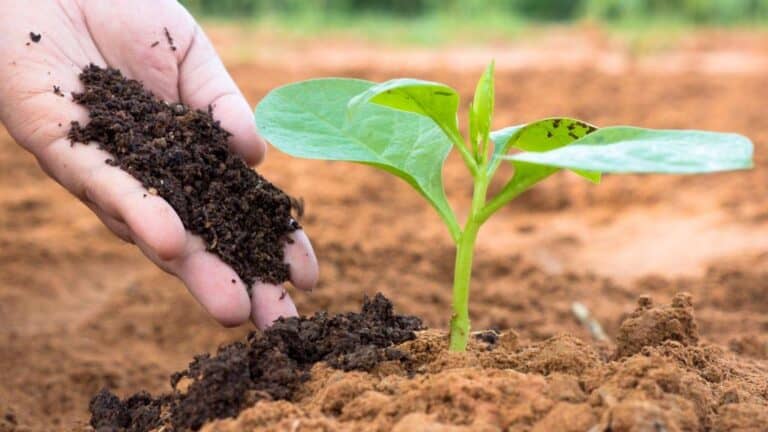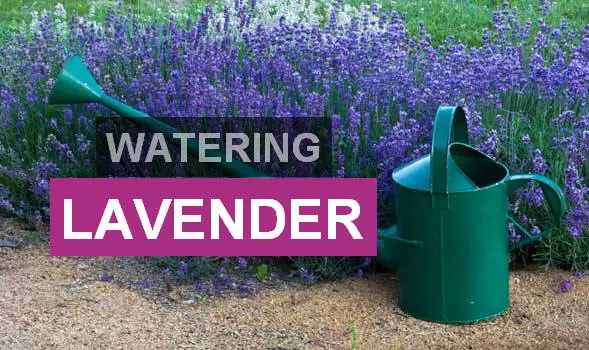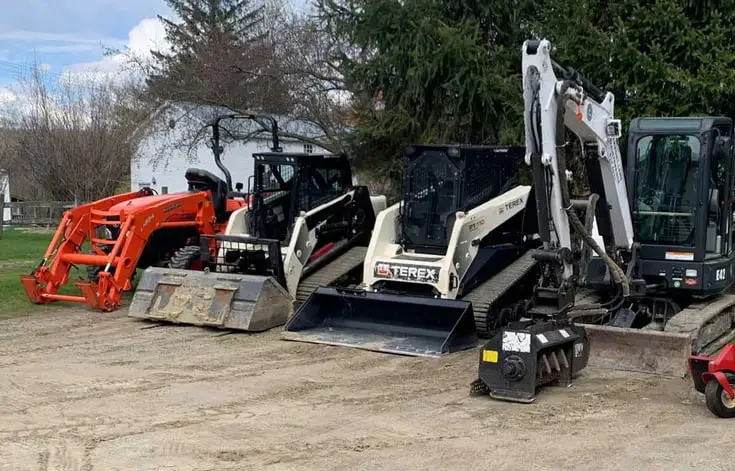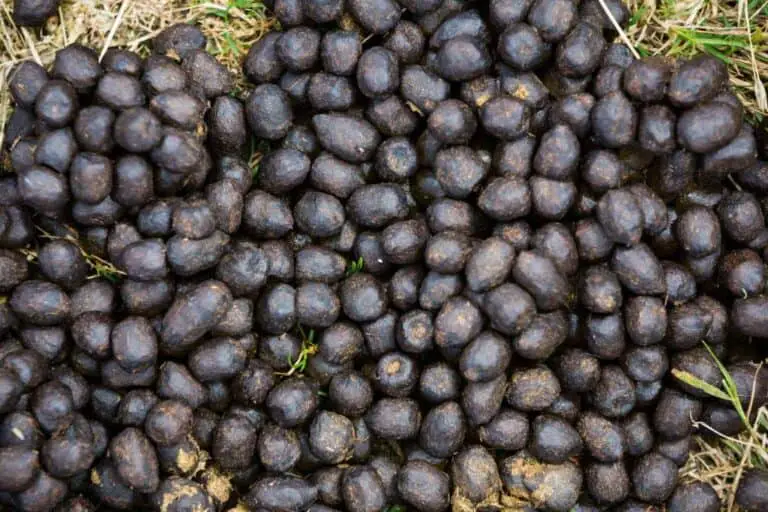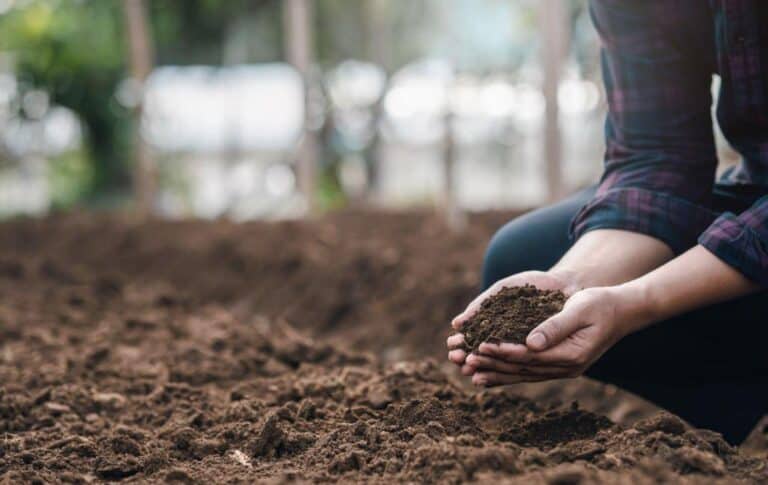Growing Gourmet Mushrooms with Manure Compost: Step-by-step Guide
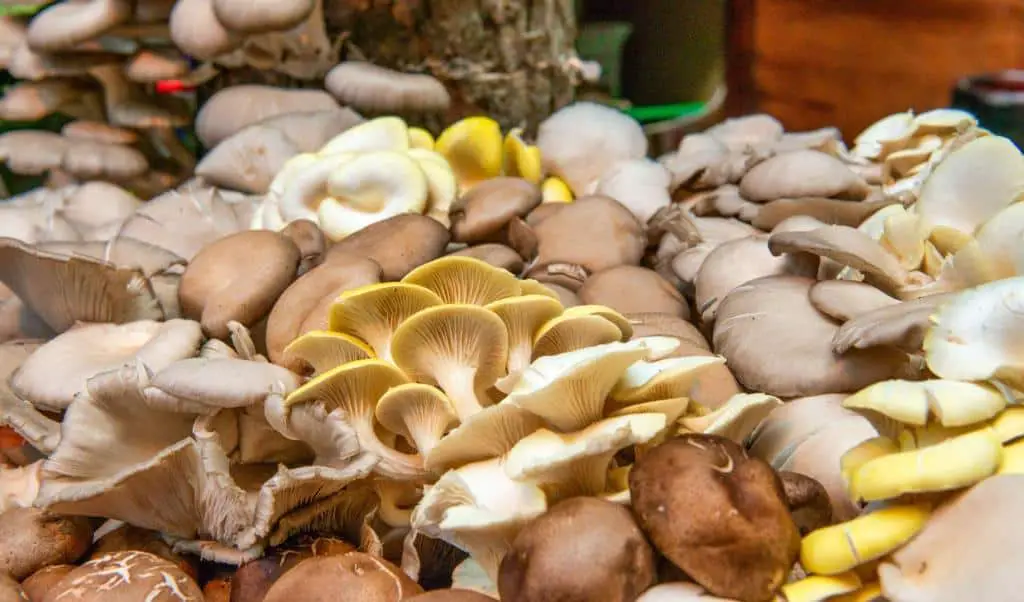
Mushroom cultivation is a fascinating and rewarding endeavor that has gained immense popularity among both experienced gardeners and novices. Gourmet mushrooms, in particular, offer a unique and delicious twist to your culinary creations. If you’re thinking of growing these delectable fungi, you’ve come to the right place.
In this step-by-step guide, we’ll explore the art of growing gourmet mushrooms using manure compost. We’ll delve into the essentials, tips, and tricks to help you embark on your mushroom cultivation journey.
The Popularity of Gourmet Mushrooms
In recent years, the popularity of gourmet mushrooms has surged like a culinary tidal wave, and it’s not hard to see why. These exotic and flavorful fungi have captured the imagination of home cooks and professional chefs alike. The allure of gourmet mushrooms lies in their rich, earthy flavors and unique textures, making them an enticing addition to a variety of dishes.
Gourmet mushrooms are popular because of their versatility in the culinary world. From hearty shiitakes that lend an umami depth to your stir-fries to delicate oyster mushrooms that embrace a subtle nuttiness, the array of flavors is astonishing. Beyond their taste, gourmet mushrooms boast impressive nutritional profiles, with some species packed with vitamins, minerals, and antioxidants.
But it’s not just the kitchen where these fungi shine. Gourmet mushrooms are also celebrated for their eco-friendliness. They require relatively small spaces and thrive on recycled materials, often growing on agricultural waste products like sawdust, straw, or, as we’ll explore in this guide, nutrient-rich manure compost.
With all these elements working in their favor, the popularity of gourmet mushrooms seems poised to keep ascending as more people seek a delectable and sustainable addition to their culinary repertoire.
Why Choose Manure Compost?
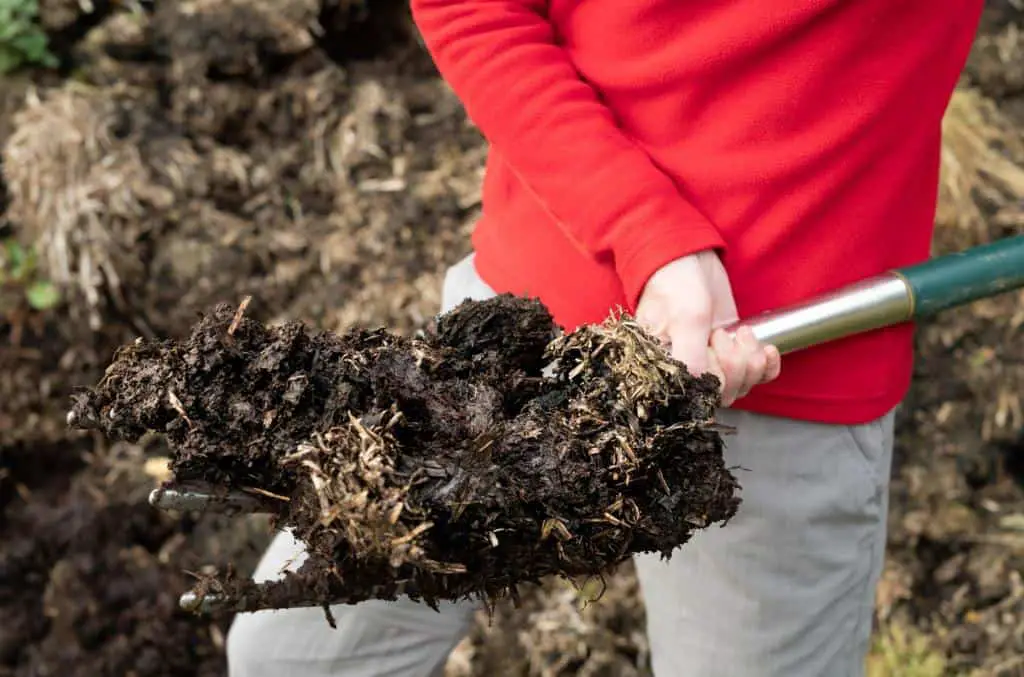
When it comes to growing gourmet mushrooms, the choice of substrate, or growing medium, is critical. Manure compost offers several benefits:
- Nutrient-Rich: Manure compost is packed with essential nutrients like nitrogen, phosphorus, and potassium, making it an ideal foundation for mushroom growth.
- Moisture Retention: Compost retains moisture exceptionally well, creating an optimal environment for mushroom mycelium to thrive.
- Microbial Activity: Manure compost hosts a plethora of beneficial microorganisms that help decompose organic matter and support mushroom growth.
Selecting the Right Mushroom Species
Before embarking on your mushroom cultivation journey, you must choose the right mushroom species. Different mushrooms have different preferences when it comes to substrate and environmental conditions. Some popular gourmet mushroom species to consider include:
- Shiitake (Lentinula edodes): Known for their rich and earthy flavor, shiitake mushrooms thrive on hardwood-based substrates.
- Oyster (Pleurotus ostreatus): These versatile mushrooms can grow on various substrates, including manure compost. They offer a mild, delicate flavor.
- Lion’s Mane (Hericium erinaceus): With a unique, coral-like appearance and a seafood-like flavor, lion’s mane mushrooms prefer hardwood substrates but can adapt to manure compost.
Materials and Equipment
To get started, gather the following materials and equipment:
| Item | Description |
| Manure Compost | Fresh, well-composted manure |
| Mushroom Spawn | Mycelium-inoculated substrate |
| Plastic Bags or Trays | For growing containers |
| Water Sprayer | For maintaining humidity |
| Plastic Sheets or Tarps | To create a sterile workspace |
| Thermometer and Hygrometer | To monitor temperature and humidity |
| Clean Gloves | To maintain a sterile environment |
| Sterilized Substrate Bags | For colonization and fruiting |
| Misting Bottle | For regular misting |
| Incubator | To maintain optimum conditions during colonization |
| Grow Room or Chamber | For fruiting mushrooms |
| Sharp Knife or Shears | For harvesting mushrooms |
See also: Can I Use Fresh Sheep or Goat Manure in My Garden?
Step-by-Step Guide to Growing Gourmet Mushrooms
1. Prepare Your Workspace
Creating a clean and sterile environment is crucial for successful mushroom cultivation. Here’s what you need to do:
- Cleanliness: Disinfect your workspace, tools, and hands to minimize the risk of contamination.
- Ventilation: Ensure good airflow in your workspace to prevent the buildup of harmful microorganisms.
- Temperature: Maintain a temperature of 70-75°F (21-24°C) for most mushroom species.
2. Inoculate the Substrate
- Fill your sterilized substrate bags with manure compost, leaving some space at the top for expansion.
- Inoculate the bags with your chosen mushroom spawn. You can do this by placing spawn grains evenly throughout the compost.
- Seal the bags and make small holes for air exchange using a sterile needle or scalpel.
- Place the inoculated bags in an incubator with controlled temperature and humidity. It usually takes 2-4 weeks for mycelium to fully colonize the substrate.
3. Transfer to the Fruiting Chamber
- Once the substrate is fully colonized, transfer the bags to a fruiting chamber.
- Maintain high humidity (90-95%) by regular misting.
- Provide indirect light or use a low-wattage bulb for 12 hours a day to stimulate mushroom growth.
4. Harvest Your Mushrooms
- Gourmet mushrooms are ready to harvest when they reach their full size but before the cap begins to flatten.
- Cut or twist the mushrooms at the base with a sharp knife or shears.
- Harvest your mushrooms as soon as they are ready to maintain the best flavor and texture.
5. Maintain Your Mushroom Garden
Regular maintenance is key to a continuous harvest. Here are some tips to ensure your mushroom garden thrives:
- Keep the substrate moist, but avoid over-saturation, as this can lead to contamination.
- Harvest mushrooms promptly to encourage new growth.
- Monitor the temperature and humidity in your fruiting chamber and make adjustments as needed.
- Reuse or recycle spent substrate to enrich your compost pile or garden soil.
Should Mushroom Compost Be Mixed with Soil?
The answer isn’t one-size-fits-all. Mushroom compost, a nutrient-rich amendment, contains a medley of organic materials that gardeners appreciate for their ability to nourish plants.
However, a word of caution is in order. While mushroom compost offers a nutritional boost to most plants, it can be detrimental to a few. Mushroom compost has high soluble salt levels and alkalinity. These salt levels can kill germinating seeds, harm young seedlings, and cause damage to salt-sensitive plants like azaleas and rhododendrons.
These plants prefer acidic soil, and the alkaline nature of mushroom compost might not suit them.
Yet, for the majority of your garden, when carefully blended into the soil, mushroom compost proves a fantastic garden companion, enhancing the quality of your soil and contributing to healthier, more vibrant plants. So, before you start mixing, consider the unique needs of your garden’s green inhabitants to reap the full benefits of this garden treasure.
Common Challenges and Troubleshooting
Mushroom cultivation can be a bit finicky, and you may encounter some common challenges:
- Contamination: Keep your workspace clean and avoid contamination by wearing sterile gloves, using a flow hood if possible, and practicing good hygiene.
- Low Yield: Ensure the right environmental conditions, including temperature, humidity, and light. Adjust as needed.
- Slow Growth: If your mushrooms are growing slowly, consider increasing the humidity or providing better air exchange.
- Mold: Mold is a common issue. If you spot it, remove the affected area immediately to prevent further contamination.
Conclusion
Growing gourmet mushrooms with manure compost is a satisfying and rewarding journey that can yield delicious results. From selecting the right species to maintaining a clean workspace and following a step-by-step process, you can enjoy a steady supply of these culinary delights.
So, roll up your sleeves, gather your materials, and embark on your gourmet mushroom cultivation adventure. With patience, practice, and the right tips and tricks, you’ll soon savor the fruits of your labor on your plate. Happy mushroom-growing!
FAQs on Growing Gourmet Mushrooms with Manure Compost
What are the best gourmet mushroom species for beginners?
The best gourmet mushroom species for beginners include oyster mushrooms and shiitake mushrooms. They are relatively easy to cultivate and are forgiving of minor mistakes.
Can I use any type of manure for mushroom compost?
While various types of manure can be used for mushroom compost, cow and horse manure are commonly preferred. Ensure the manure is well-aged and free from contaminants.
How often should I water my mushroom bed?
Mushroom beds should be kept consistently moist, not soggy. Typically, a light misting 1-2 times per day is sufficient, but adjust based on your specific mushroom species and environmental conditions.
Are there any safety precautions I should take when cultivating gourmet mushrooms?
Safety precautions include using gloves and a mask when handling manure compost, ensuring proper ventilation in the growing area, and maintaining cleanliness to prevent contamination.
What are the advantages of growing gourmet mushrooms with manure compost compared to other methods?
Manure compost provides a nutrient-rich substrate that supports healthy mushroom growth. It also helps in disease suppression, and its microbial activity aids in breaking down organic matter for mushrooms to thrive.
Is it possible to grow gourmet mushrooms indoors, and if so, what are the requirements?
Yes, you can grow gourmet mushrooms indoors. You’ll need a suitable growing container, proper humidity and temperature control, and a light source or indirect natural light. Indoor cultivation is an excellent option for year-round production.
Can I use store-bought mushroom spores or mycelium, or should I obtain them from the wild?
Both store-bought mushroom spores or mycelium and wild specimens can be used. Beginners may find it more convenient to start with purchased spores or mycelium for consistent results.
Are there any specific gourmet mushroom species that are considered easier or more challenging to cultivate?
Oyster mushrooms are generally considered easier for beginners, while morel mushrooms can be challenging due to their specific habitat and growth requirements.

